Sales Representative Cover Letter Template Guide
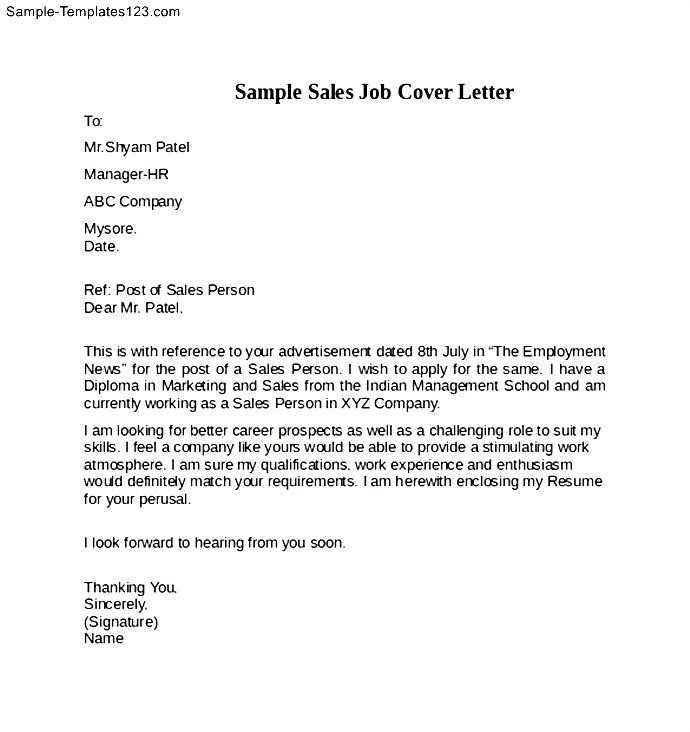
When applying for a job in a competitive industry, it’s essential to make a lasting impression from the very first interaction. A well-structured application document can set you apart from other candidates, showcasing your qualifications, enthusiasm, and professionalism. This crucial piece of your job application serves as your introduction to potential employers, giving you the opportunity to highlight what makes you the ideal fit for the position.
In this guide, we’ll explore how to create an impactful document that communicates your strengths and suitability. By focusing on key aspects like your achievements and abilities, you’ll be able to present yourself in the best possible light. Whether you’re a seasoned expert or just starting in the field, crafting an outstanding application can help you move closer to landing the job you desire.
Essential Elements of a Sales Cover Letter
To create a compelling application for a sales-focused role, it’s important to include key elements that convey both your qualifications and enthusiasm. Each section should be thoughtfully structured to highlight your skills, experience, and why you’re the best fit for the position. The following components are essential for crafting an engaging document that catches the employer’s attention.
Opening Paragraph: Start with a brief introduction that captures the reader’s interest. Mention the job you’re applying for and explain why you’re excited about the opportunity. It’s crucial to make a positive first impression in this section.
Skills and Achievements: Focus on your abilities that directly relate to the job. This is where you highlight your expertise, such as communication, negotiation, and relationship-building skills. Be sure to include specific examples of past successes that demonstrate your impact in previous roles.
Understanding of the Company: Demonstrating knowledge about the organization and its values shows that you’ve done your research and are genuinely interested in working with them. Tailor this section to reflect how your values align with theirs.
Closing Statement: End with a strong conclusion, reinforcing your enthusiasm for the role. Express your willingness to discuss your qualifications further and provide your contact information. Keep it concise and professional, leaving a positive impression for the next steps.
How to Tailor Your Cover Letter
Customizing your application for each job you apply to significantly increases your chances of standing out to potential employers. A generic submission may not capture the attention of hiring managers, whereas a personalized one shows that you are genuinely interested in the specific role and company. Tailoring allows you to emphasize the skills and experiences most relevant to the job, making your application more impactful.
Start by carefully reviewing the job description to identify the key qualifications and responsibilities. Highlight your experiences that match these requirements, ensuring you demonstrate how you can address the company’s needs. Also, research the organization’s values and culture to align your tone and approach with their expectations. This step ensures your document is not only about your qualifications but also about your fit within their team.
Additionally, use the company’s language and keywords to resonate more effectively with hiring managers. By reflecting their terminology and priorities, you create a connection that demonstrates you’re a well-suited candidate. Keep in mind that showing your enthusiasm for the opportunity through a personalized touch will always make a stronger impression.
Crafting a Strong Opening Paragraph
The opening paragraph of your application is your first opportunity to capture the employer’s attention and make a lasting impression. It sets the tone for the rest of your document and should be both engaging and concise. A strong introduction not only briefly introduces who you are, but also immediately addresses why you’re the right fit for the position.
Start by mentioning the specific role you are applying for and where you found the job listing. Follow this by a statement about your enthusiasm for the opportunity, highlighting your most relevant skills or experience. This creates a direct link between your background and the employer’s needs. Make sure to keep the tone professional yet personable, showing confidence without sounding overly formal.
The goal of this section is to immediately draw the reader in and encourage them to continue reading. Avoid long-winded statements; instead, focus on a clear, focused message that aligns with the company’s objectives. This approach ensures your introduction stands out in a competitive job market.
Common Mistakes to Avoid in Sales Letters
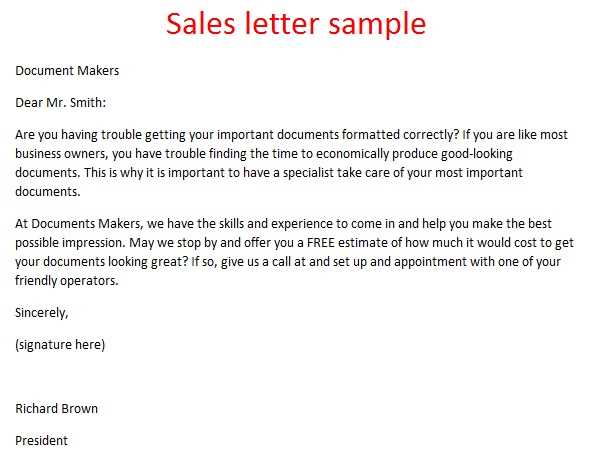
While writing your application for a role in a competitive industry, avoiding common errors is crucial to ensuring your submission is professional and impactful. Many applicants make mistakes that unintentionally weaken their chances of standing out. Recognizing these pitfalls and knowing how to prevent them can make all the difference in presenting a polished and compelling case to potential employers.
Generic Content
One of the most common mistakes is using a generic approach that doesn’t reflect the specific requirements of the job. Employers want to see that you’ve taken the time to tailor your document to their company and role. Failing to personalize your content can give the impression that you are sending the same application to multiple employers without putting in the effort to stand out.
Overloading with Irrelevant Information
Another mistake is including too much unnecessary information. Your application should focus on your most relevant experiences and skills that align with the job you are applying for. Avoid the temptation to list every job you’ve ever had or irrelevant achievements. This can make your document seem cluttered and distract from your core message.
Highlighting Your Achievements
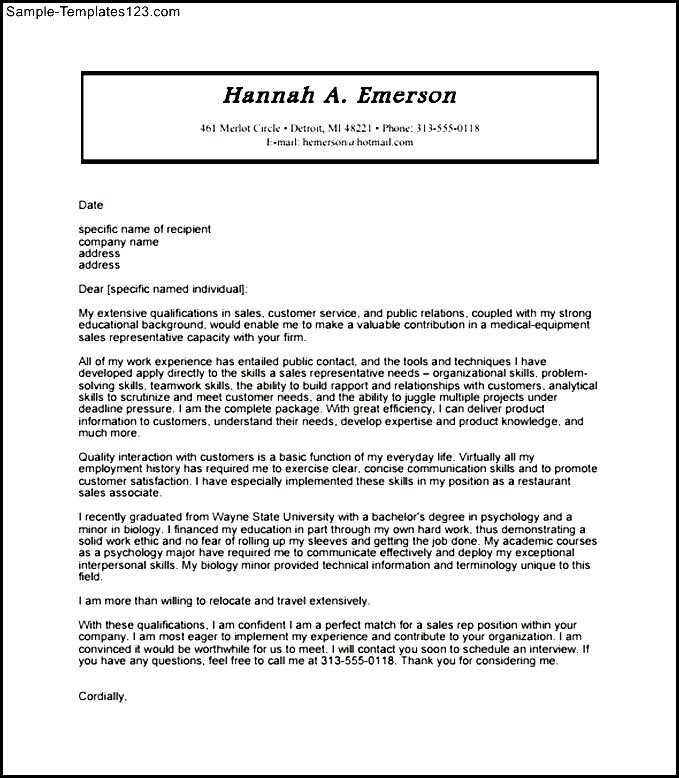
When applying for a role, it’s essential to showcase the accomplishments that demonstrate your ability to succeed. Employers want to know how you can contribute to their organization, so effectively highlighting your key achievements can set you apart from other applicants. This section provides an opportunity to demonstrate your impact and value through specific, measurable successes.
Focus on Quantifiable Results
Employers appreciate concrete evidence of your abilities. Including numbers, percentages, or other measurable outcomes can significantly strengthen your case. Consider the following ways to highlight your achievements:
- Increased revenue by X% over a specific period
- Exceeding sales targets by X amount each quarter
- Building and maintaining relationships with X number of clients
- Achieving a X% customer satisfaction rate
Demonstrate Problem-Solving Skills
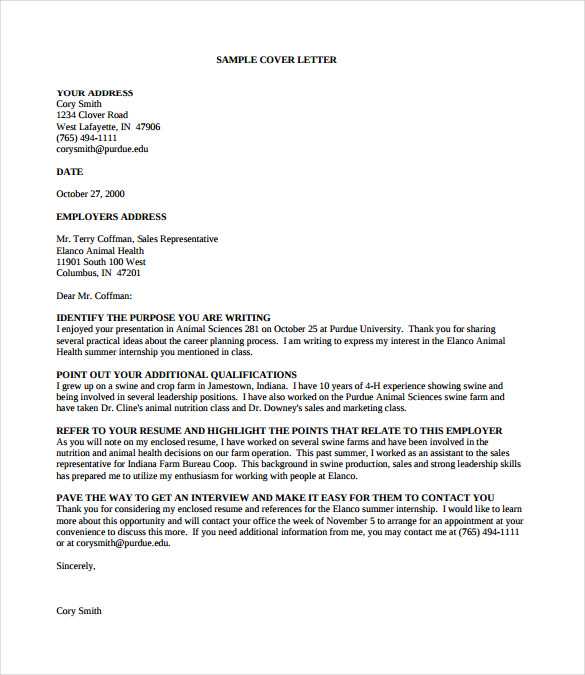
Another effective way to stand out is by showcasing your ability to solve challenges. Employers value candidates who can think critically and find solutions to common obstacles. Highlight instances where you successfully turned a difficult situation into a positive outcome. This shows not only your skill set but also your determination and adaptability in real-world scenarios.
Final Tips for Writing a Winning Letter
To ensure your application stands out, it’s important to make a final polish before sending it off. Small details can make a big difference in how your submission is perceived. Paying attention to formatting, tone, and structure can elevate your document, making it more likely to catch the eye of a hiring manager. Here are a few last-minute tips to help you create a compelling and professional submission.
Maintain a Professional Tone
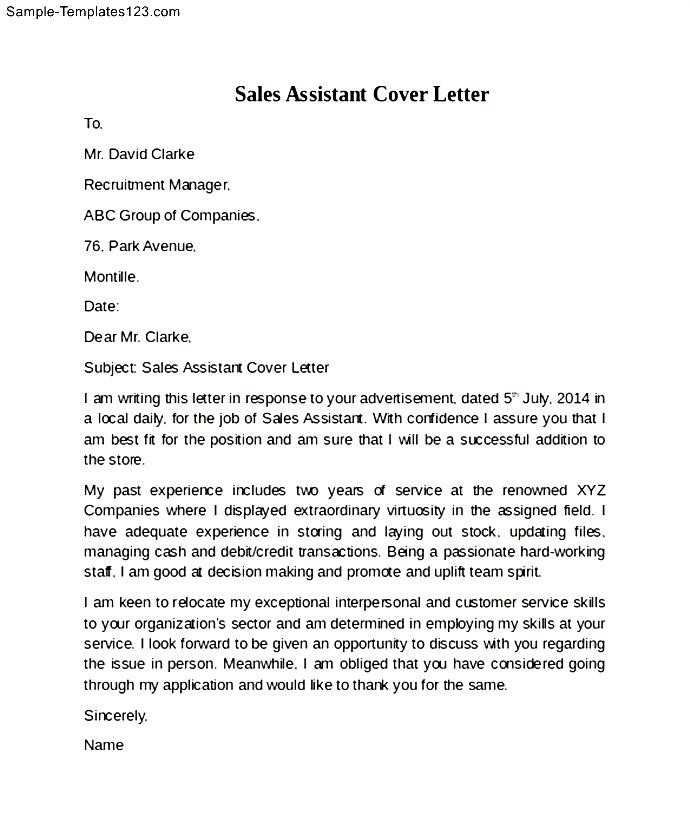
While it’s important to express enthusiasm, make sure your tone remains professional throughout. Avoid overly casual language or jokes. The tone should reflect your seriousness about the role while still conveying your personality. Keep the language clear, concise, and respectful to make a strong impression.
Proofread and Edit Thoroughly
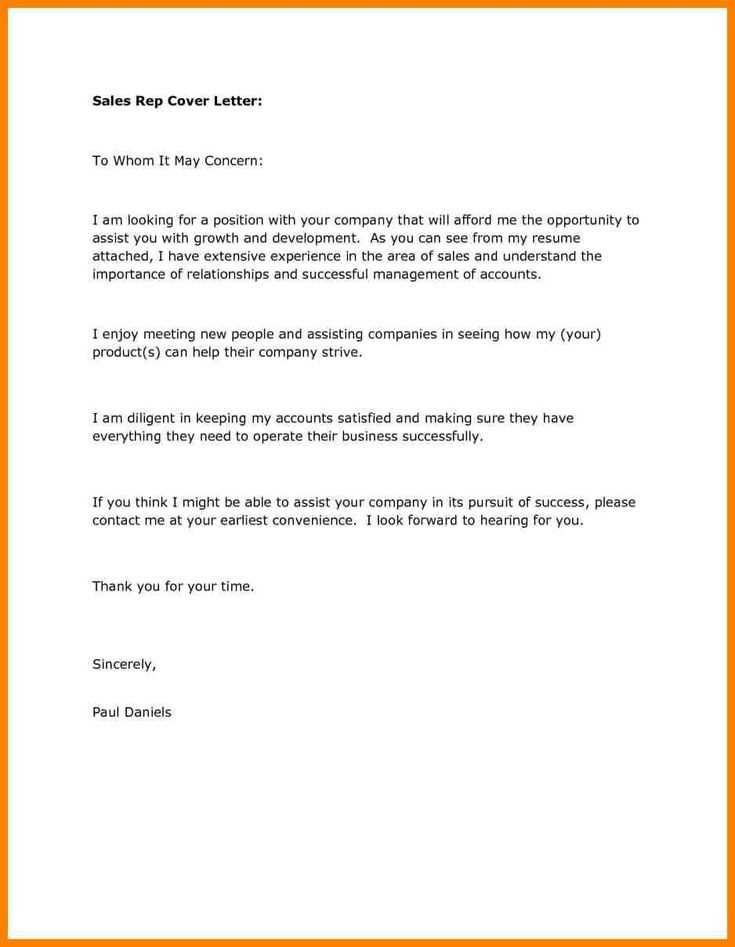
A common mistake applicants make is neglecting to proofread their documents. Spelling, grammar, and punctuation errors can make you appear careless. Take the time to review your work, or consider asking a trusted friend or colleague to look over it for you.
| Tip | Action |
|---|---|
| Keep it concise | Limit your content to the most important details |
| Customize for each role | Personalize your document to the job you’re applying for |
| Check for errors | Proofread carefully for spelling and grammar mistakes |
| Use a professional format | Follow standard formatting guidelines to make your document easy to read |